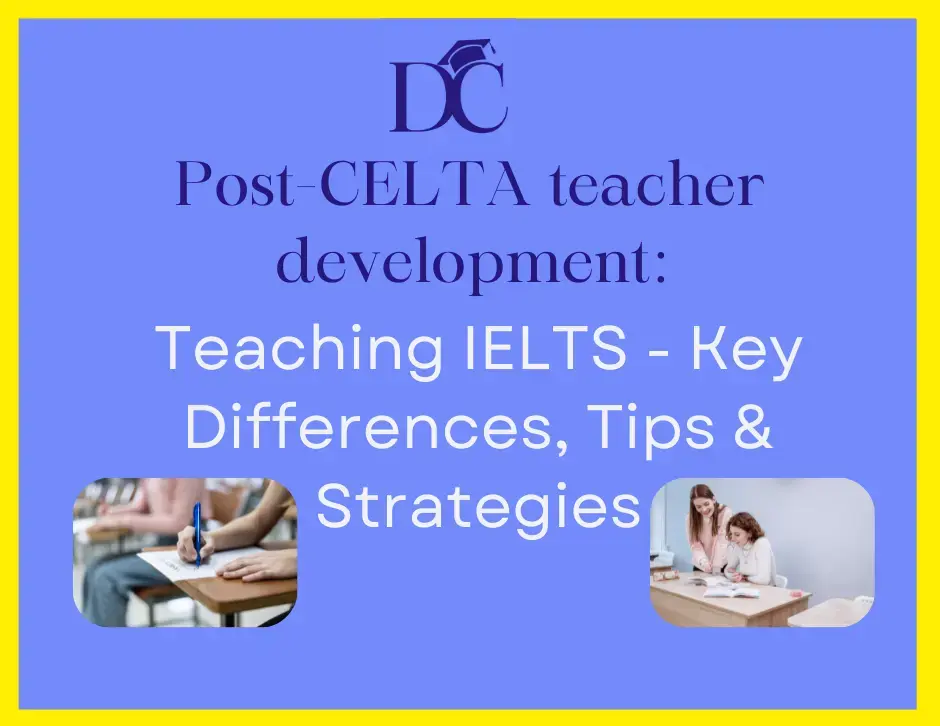How to Teach Present Perfect (Without Confusing Everyone)
- Connor O'Donoghue

- Jul 22
- 4 min read

What Is the Present Perfect?
The present perfect is one of those grammar points that can confuse both students and teachers. Is it present? Is it past? What on earth is 'perfect' about it?
In simple terms, the present perfect links the past to the present. It’s formed with have/has + past participle (e.g. I have fallen, she has tripped). You usually introduce it around pre-intermediate level, but you only really start focusing on the more difficult aspects as students move through intermediate and beyond.
Meaning: Finished vs Unfinished Time
The central question with present perfect is: Are we still inside the time period we’re talking about?
Unfinished actions in an unfinished time→ present perfect→I’ve lived here for 10 years. → I still live here.
Finished actions in an unfinished time→ present perfect→I’ve had three coffees today. → I’m finished with the coffees, but today isn’t over.
Finished actions in a finished time → past simple→I had three coffees yesterday. → Yesterday is over.
It’s useful to remind students:
Past simple shuts the door on the time frame.
Present perfect keeps the door open.
Other examples:
Have you seen the new series yet? (this week/recently = unfinished time)
Did you see the new series last week? (last week = finished time)
With life experience, the contrast is:
I’ve been to Japan → sometime in my life (unfinished time frame: my life).
I went to Japan in 2018 → specific, finished time.
Sometimes both forms are possible, depending on what the speaker wants to highlight:
I’ve been to Italy five times → general experience.
I went to Italy five times before I moved to France → specific, finished past.
Important tip for students: It’s not always about the action. It’s about how the speaker sees the time. That’s why both present perfect and past simple can sometimes work, depending on the intended meaning.
Time Expressions and Common Words with Present Perfect
Certain words pop up frequently with present perfect, and they’re often taught alongside the tense, because they help students anchor meaning.
Ever / never: life experience
Have you ever been skydiving?
I’ve never eaten sushi.
Refers to all life up to now.
Common student problem: using never in questions (Have you never…?) when they don’t mean to express surprise.
Already: before now, possibly sooner than expected
I’ve already finished the report.
Common problem: wrong word order (I’ve finished already the report) or confusing it with yet.
Yet: until now, used in negatives and questions
Have you finished yet?
I haven’t finished yet.
Common problem: overusing it in positive sentences.
Still: continuing up to now
I’ve still got your book.
Common problem: incorrect word order (I still have got) or choosing present perfect when present simple works better (I still live here vs I’ve still lived here).
For / since: expressing duration
I’ve known her for years. (duration)
I’ve known her since 2015. (starting point)
Common problem: since 10 years, for 2015, or mixing them with ago
These words should help reinforce the idea of an unfinished time frame because they tie past actions to the present.
Form: Watch Out for Past Participles
With regular verbs, the past participle is easy: worked, danced, cleaned. It's the same as the past tense.
With irregular verbs, it’s trickier:
go → went→ gone
drink → drank→ drunk
forget →forgot→ forgotten
With irregular verbs, students will learn through familiarisation when reading and listening, but drilling lists of irregular verbs and testing students on past and past participle forms is often necessary.
Pronunciation Tips
Students sometimes miss:
Contracted forms: I’ve been, she’s gone, we’ve tried.
Regular past participle endings (-ed): lived (d), worked (t), wanted (id).
Irregular participles: It's worth remembering that even “seen” doesn’t rhyme with “been”, at least not when we're speaking quickly.
A little focused drilling can go a long way!
Common Classroom Contexts
It's good to introduce present perfect in a natural context around life experience, like job interviews (I've worked in marketing for 5 years. I've never taken a sick day.) Present perfect lends itself very well to practice activities based around 'have you ever' questions, like a 'find someone who' mingling activity: Find someone who has tried skydiving. At higher levels, contrastive practice (I’ve seen this movie vs I saw it last week) is essential to build students' understanding of nuance.
Teaching Tips
Teach this using a clear context: life experience, recent events, ongoing situations.
Use concept-checking questions to see if students understand: Is the time finished? Is it still happening now?
Provide meaningful practice: not just gap-fills, but real communication tasks that encourage the students to use the language in context.
Highlight contrast with past simple, especially at higher levels.
Final Thought
Remember: there are fuzzy areas. Sometimes I’ve been and I went are both fine. Help students see the flexible zones, not just the rules.
Want more teaching ideas? Check out our latest teaching blog posts and practical classroom tips.
Dr Connor O'Donoghue hails from Ireland and he started teaching English as a foreign language in Poland in 2003 and he became a CELTA trainer in 2008. He has taught and trained in Ireland, the UK, France, Italy, Slovenia, Macedonia, Poland, Russia, Kazakhstan and Vietnam. Connor also holds a Masters and a PhD in Education from Trinity College in Dublin. He has previously managed large teacher training centres in Vietnam and in London before founding DC Teacher Training.




Comments